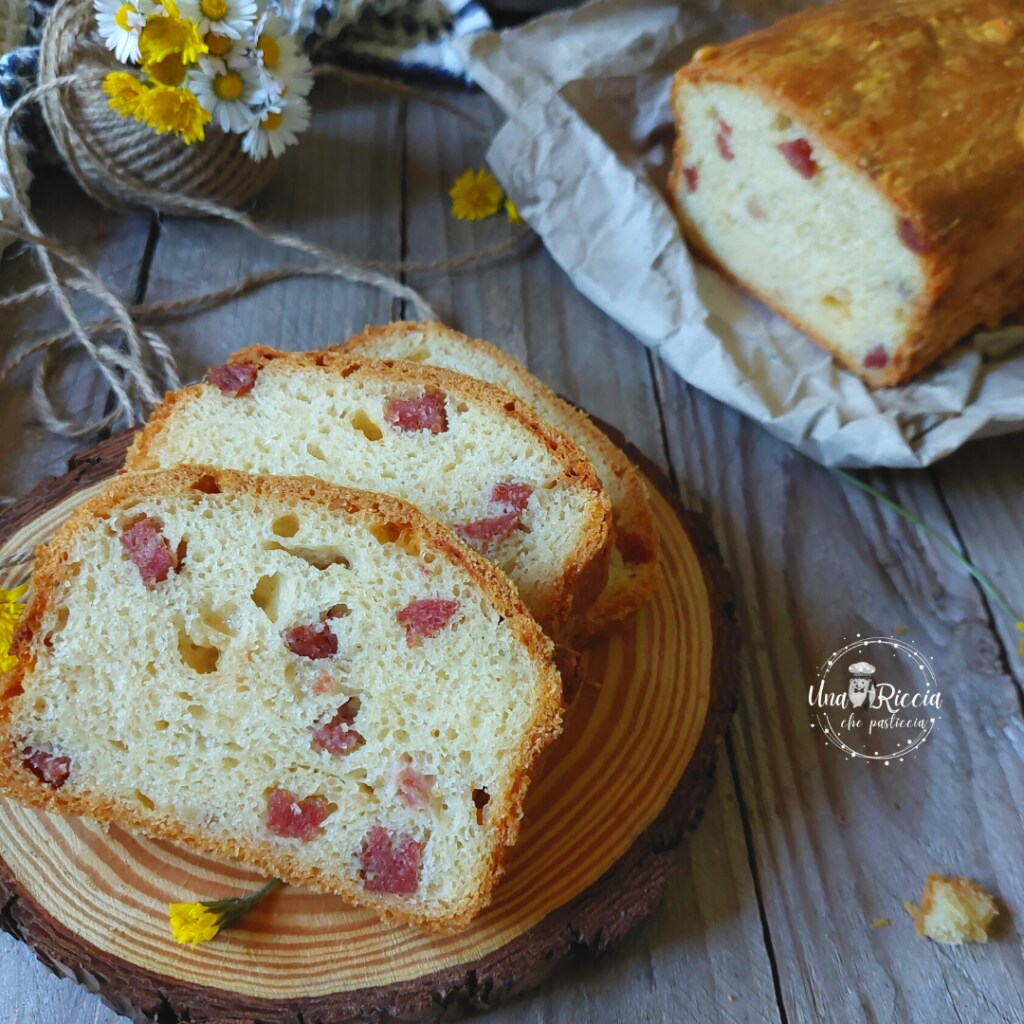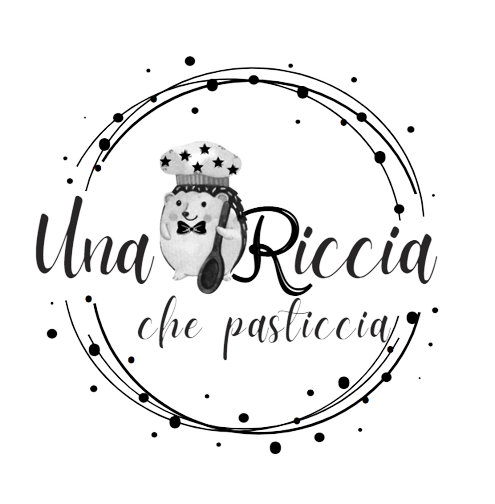Today, a savory traditional recipe: Abruzzese Easter bread. A leavened bread filled with cured meats and cheeses. Tasty, flavorful, and easy to make.
From my childhood Easters, I don’t have many food-related memories, but two are etched in my mind, one is the enormous egg my uncle gave me and the other is the Abruzzese Easter bread.
I still remember my grandmother and mother kneading it in industrial quantities, letting it rise in small bowls where they would bake it, lined up like soldiers by the fireplace, covered with a wool blanket and the inevitable yellow checkered tablecloth. And then baked in the wood-fired oven we had in the kitchen, just imagine the incredible aroma in the house….
Every small bowl had its story because they didn’t use bread molds, panettone molds, or special forms but used whatever pot could go in the oven. My favorite was a small clay pot with a broken handle, not very large but slightly tall, so the bread had more crumb.
Often, I was in charge of cutting the cured meats and cheeses for the dough, and I think I don’t even need to tell you that I ate many small pieces during the preparation!😋
Sausage, pancetta, and cheese are really the extra ingredients of this bread, which in Abruzzo (at least in my area) cannot be missing from the appetizer plate on Easter day, and many, including my father, also have it for breakfast with boiled eggs and a glass of red wine!
What wonderful memories!!!!! So many emotions….
This Easter bread is a cross between the cheese pizza found in many Italian regions during the Easter period and the Neapolitan tortano.
You need to use good dried sausages, pancetta that is not too lean but not too fatty, and then the cheese to be added in chunks should be a great fresh cow caciotta left to dry. If, like me, you unfortunately can’t find it, a semi-aged cheese will do.
Now let’s see together, step by step, how to make this recipe.
You might also be interested in
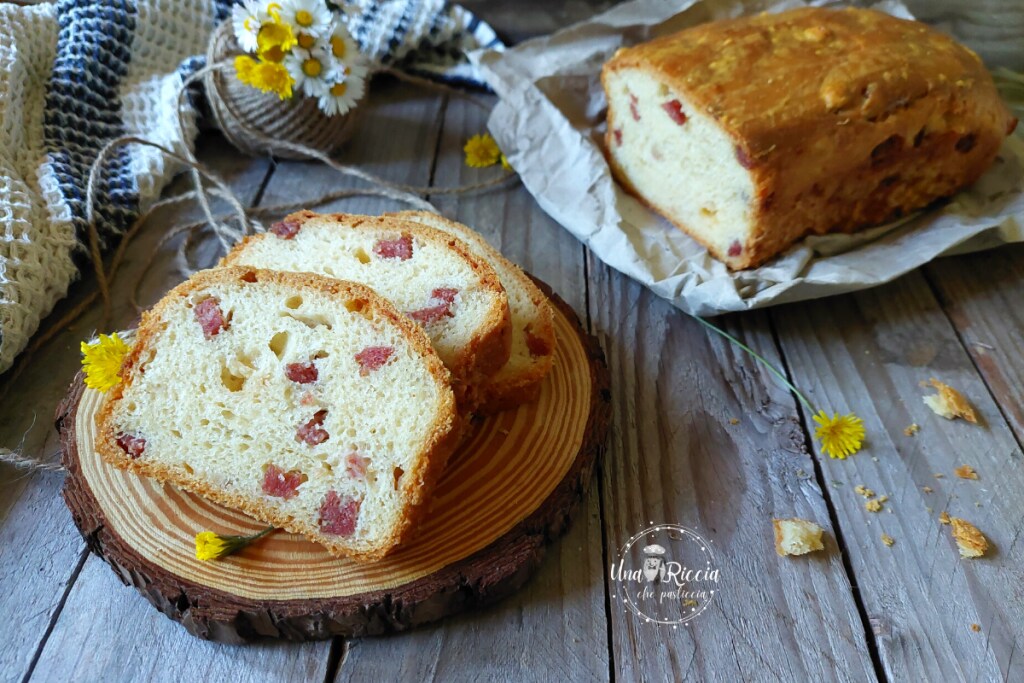
- Difficulty: Easy
- Cost: Medium
- Rest time: 10 Hours
- Preparation time: 10 Minutes
- Portions: 2 loaf pans
- Cooking methods: Oven
- Cuisine: Regional Italian
- Region: Abruzzo
- Seasonality: Easter
- Energy 166.59 (Kcal)
- Carbohydrates 11.00 (g) of which sugars 0.97 (g)
- Proteins 7.22 (g)
- Fat 10.41 (g) of which saturated 2.70 (g)of which unsaturated 3.14 (g)
- Fibers 0.36 (g)
- Sodium 275.46 (mg)
Indicative values for a portion of 50 g processed in an automated way starting from the nutritional information available on the CREA* and FoodData Central** databases. It is not food and / or nutritional advice.
* CREATES Food and Nutrition Research Center: https://www.crea.gov.it/alimenti-e-nutrizione https://www.alimentinutrizione.it ** U.S. Department of Agriculture, Agricultural Research Service. FoodData Central, 2019. https://fdc.nal.usda.gov
Ingredients
Below you will find links to some used ingredients
- 400 g re-milled durum wheat semolina
- 100 g Manitoba flour
- 250 g sausage (dried)
- 100 g cheese (semi-aged)
- 250 g sweet pancetta
- 400 g cheese (grated)
- 5 eggs
- 7 g dry yeast
- 70 g olive oil
- 30 g water
- 1 egg yolk (for brushing)
Tools
Below you will find links to some used tools for making the recipe
- 1 Cutting Board
- 1 Knife
- 1 Stand Mixer
- 2 Loaf Tins
- 1 Bowl
- 1 Food Wrap
- 1 Brush
- 1 Scale
Let’s Prepare the Easter Bread Together
The slightly tedious part is cutting the sausage, pancetta, and cheese into cubes of about half a centimeter (about 1/4 inch) and dissolving the dry yeast in water.
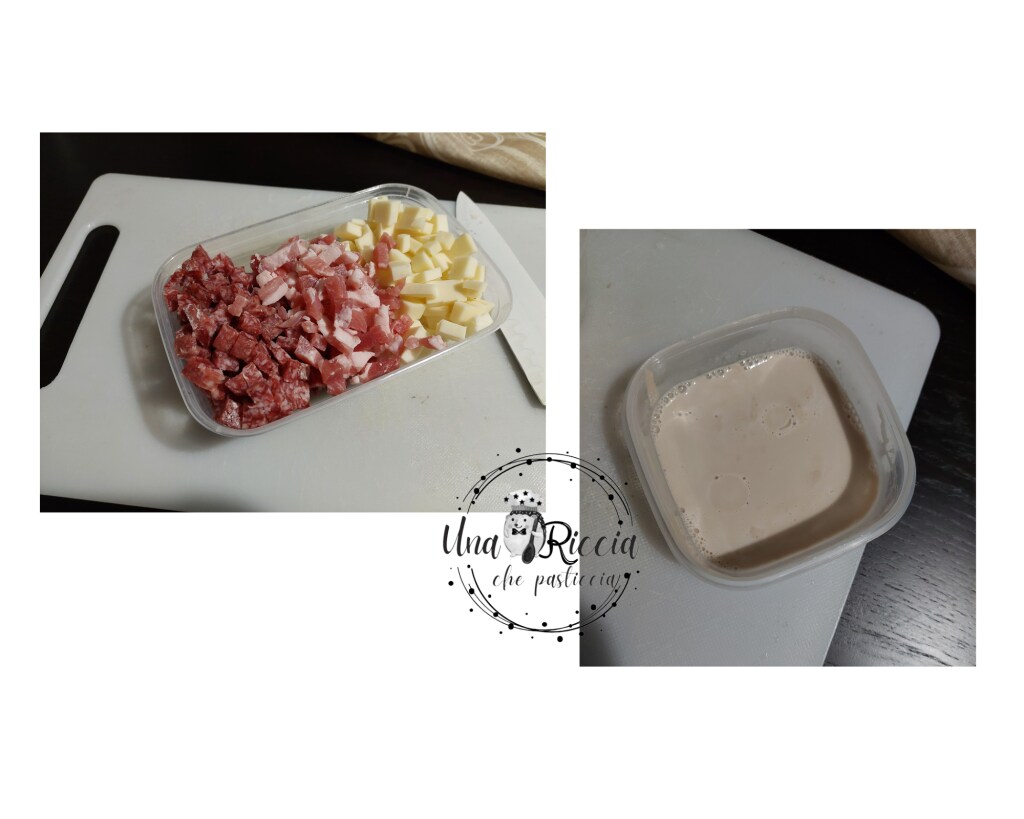
Once we have all the ingredients ready, we can start kneading. Place the flours, grated cheese, and well-dissolved yeast into the stand mixer bowl and begin kneading. As it spins, add the eggs one at a time, and finally, the oil. Let it spin for a couple of minutes at medium speed. Now we have a nice compact dough ball.
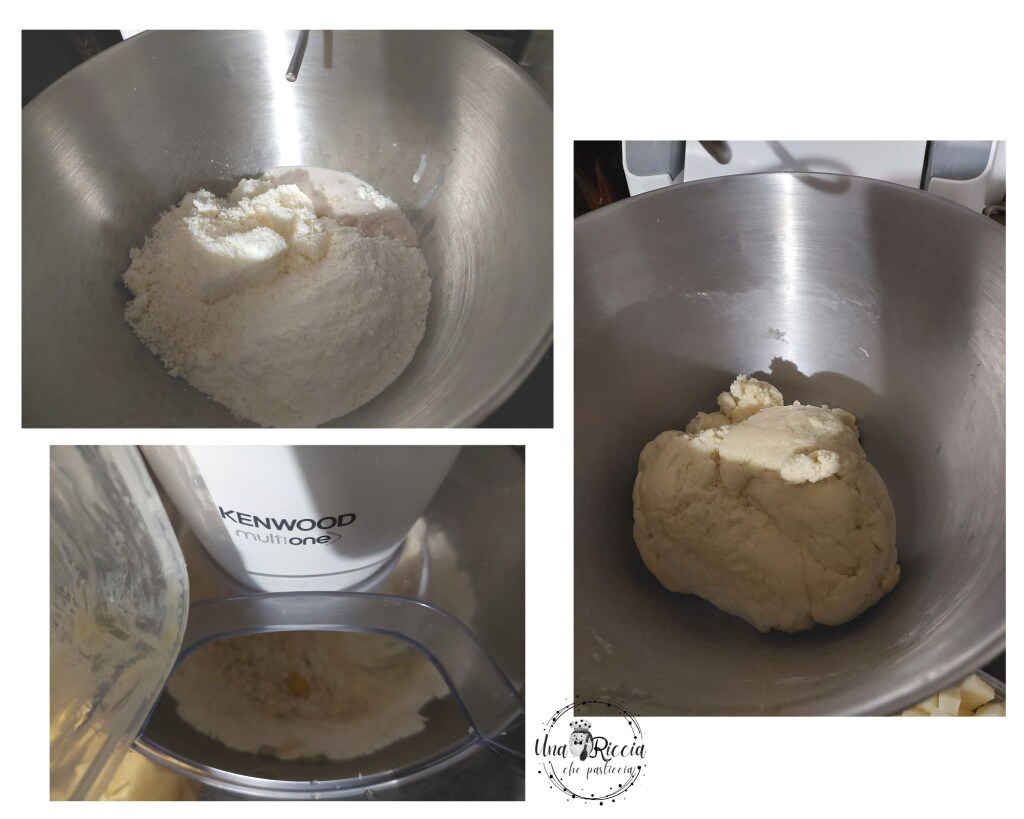
At this point, we can add the sausage, pancetta, and cheese that we previously cut into pieces and knead for a couple more minutes.
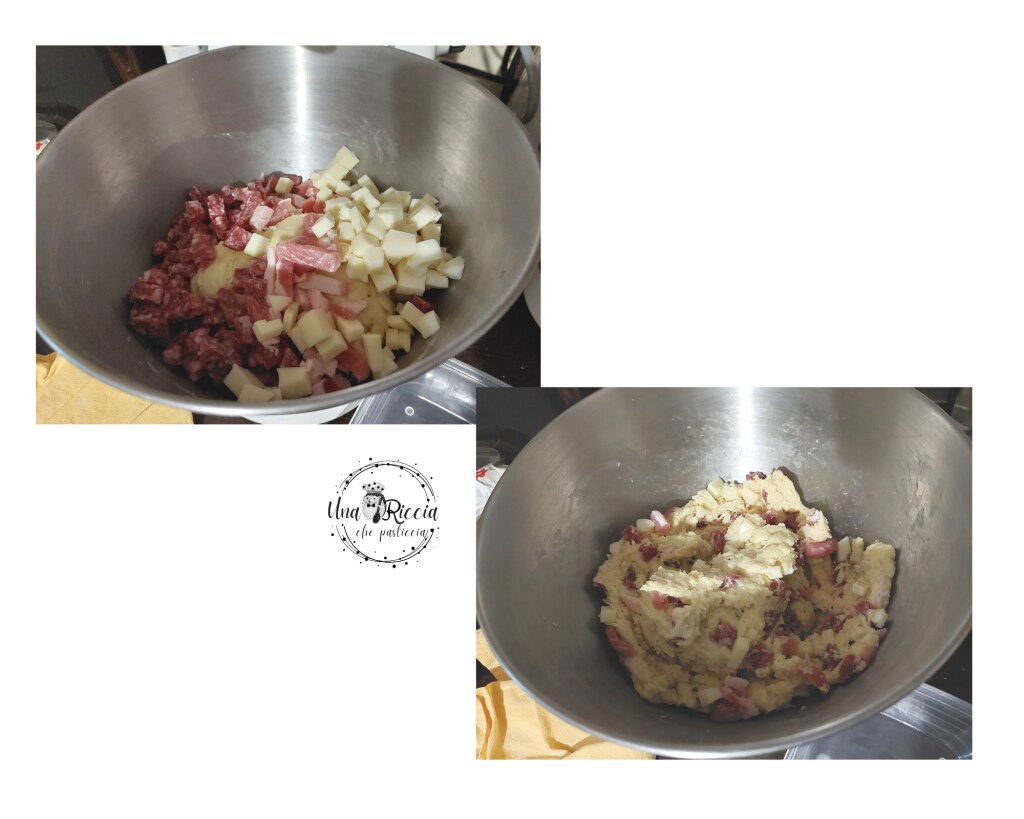
Then, transfer the obtained mixture onto a work surface and knead quickly with your hands to give it a round shape, then place the ball in a bowl covered with plastic wrap to let it rise. Store the bowl in the fridge for four to twelve hours (I kneaded in the evening at nine and took it out of the fridge at seven in the morning).
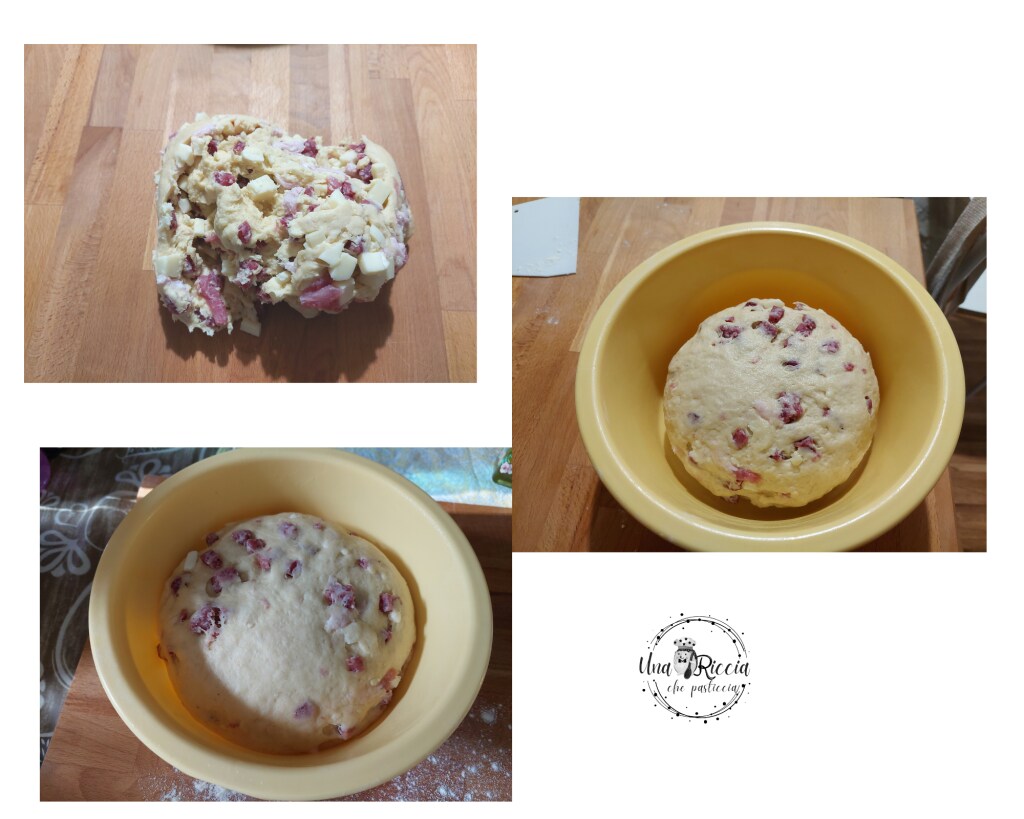
After taking it out of the fridge, let it sit for about half an hour at room temperature. Then place the dough on a work surface, divide it into two equal parts of about 900 grams each (about 2 lbs each), and shape each into a long form (or the shape of the mold you’ve decided to use). Lightly grease the mold and place the dough inside, cover with plastic wrap, and let it rise in the off oven for three to four hours until it has almost doubled in volume.
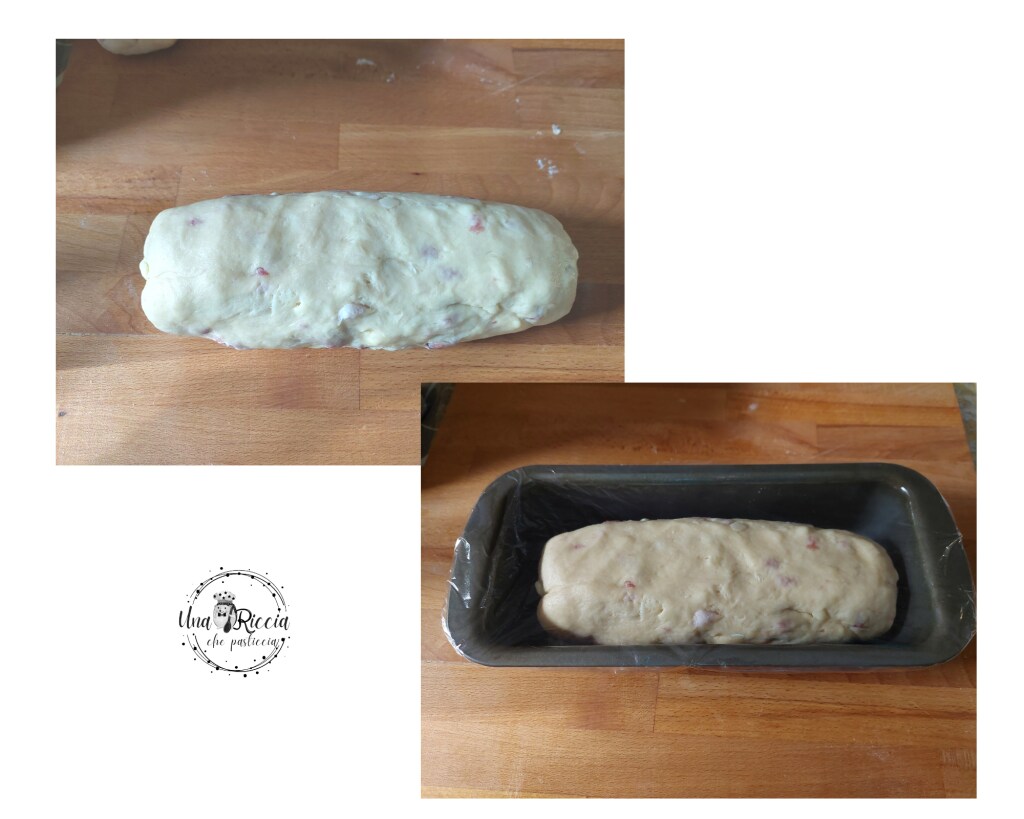
Now that it’s well-risen, bake in a preheated oven at a temperature of 200 degrees Celsius (approximately 390 degrees Fahrenheit) for 35/40 minutes. Once our Easter bread is cooked, brush the top with a beaten egg yolk and return to the oven for a minute, then take it out and let it cool.
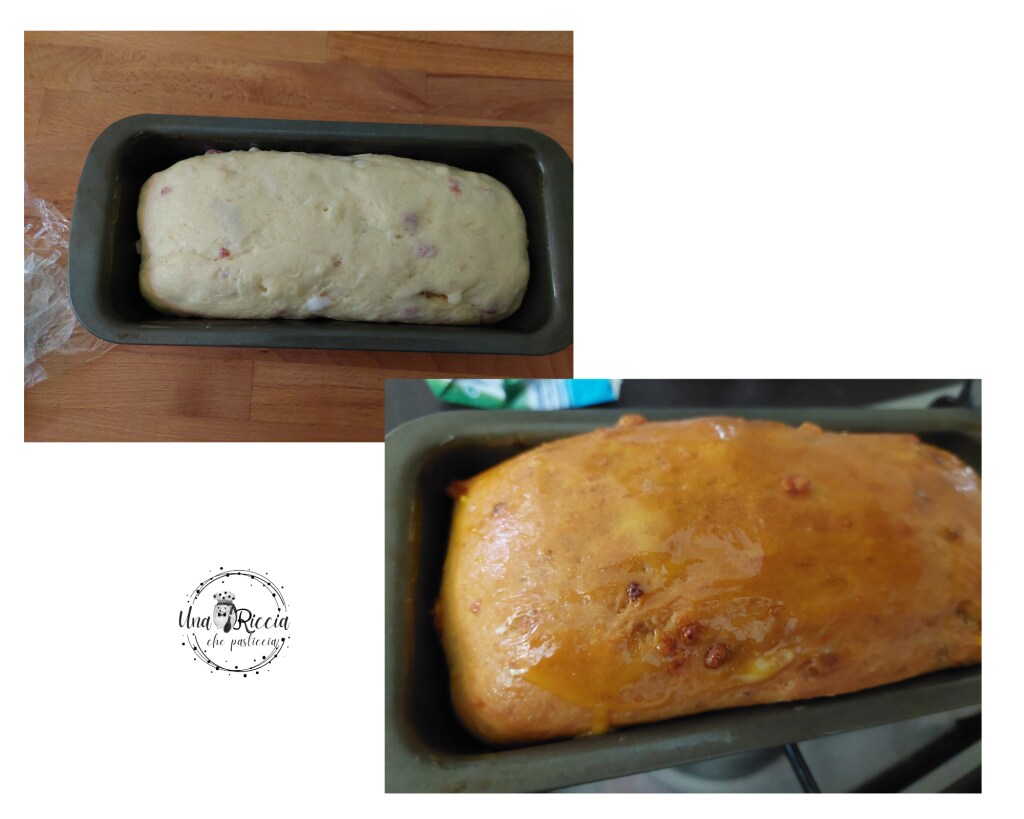
A Curly Hair Suggests
The Abruzzese Easter bread keeps for three or four days if you manage to make it last that long!!! You can also freeze it, maybe already sliced so you can take out what you need each time.

